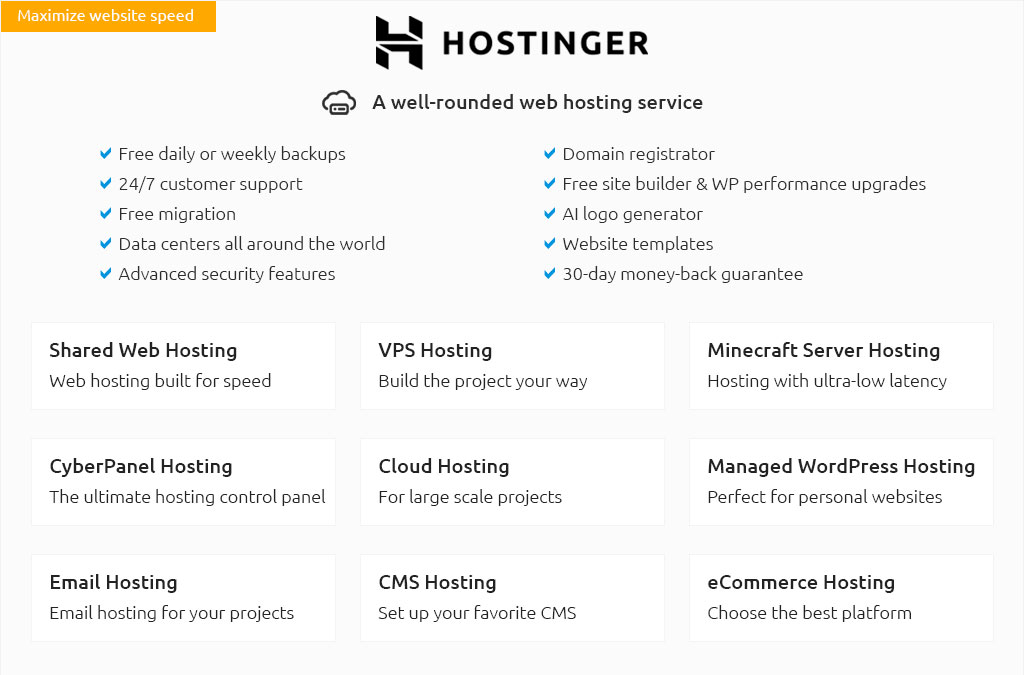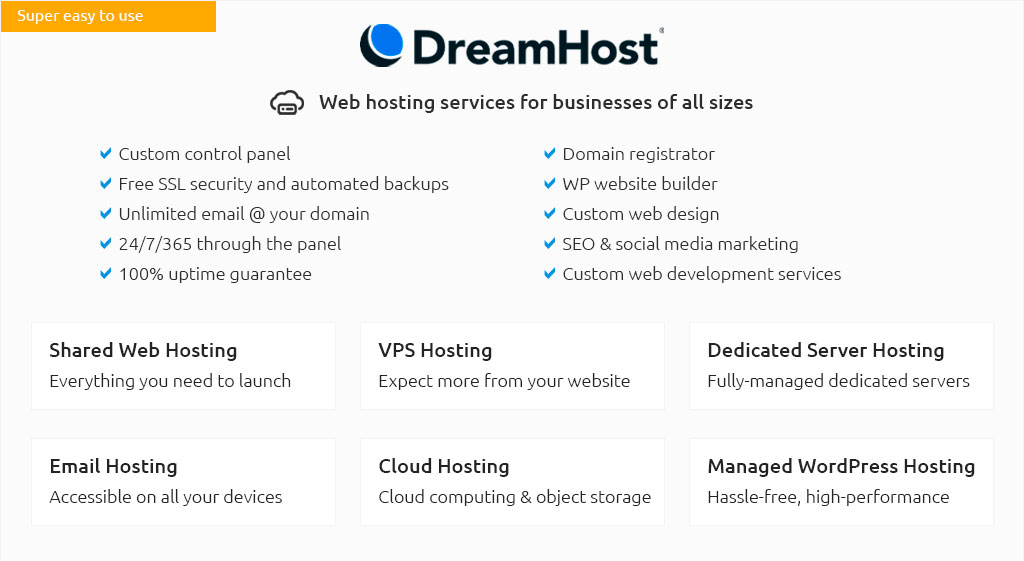 |
|||
 |
 |
 |
|
 |
|
 |
 |
 |
|||
 |
|||
 |
|||
 |
|||
 |
 |
Exploring CSS Dedicated Server on Linux: Best Practices and Informed DecisionsThe world of web development and hosting is vast and complex, with numerous choices that cater to a wide range of needs and preferences. One such choice is opting for a CSS dedicated server on a Linux operating system. This combination is particularly appealing to those who value performance, customization, and security. In this article, we will delve into the intricacies of using a CSS dedicated server on Linux, exploring why it might be the optimal choice for many developers and businesses, and offering some best practices for getting the most out of this setup. Firstly, let's consider why Linux is often the go-to choice for operating systems when it comes to dedicated servers. Linux is renowned for its stability and security, two critical factors for running a reliable server. Unlike some proprietary operating systems, Linux provides users with the flexibility to customize their server environment to fit their specific needs, which is invaluable for web developers who want to optimize their servers for performance. When it comes to CSS dedicated servers, one must understand the advantages they bring over shared hosting solutions. A dedicated server means that all resources are available solely for your use. This exclusivity translates to improved performance, as there is no competition for bandwidth or processing power. For websites that handle a high volume of traffic or require significant resources to run complex applications, dedicated servers offer a level of reliability and speed that shared servers simply cannot match. Now, you might be wondering, what makes CSS and Linux a good pairing? Well, the answer lies in the flexibility and power that Linux offers. Developers can easily install and configure the necessary software to optimize CSS delivery. This might involve setting up caching mechanisms, optimizing file sizes, or using CDNs to ensure quick load times and a seamless user experience. Moreover, the open-source nature of Linux means that there is a vibrant community of developers who continually contribute to its improvement, ensuring that any security vulnerabilities are swiftly addressed. However, to fully harness the potential of a CSS dedicated server on Linux, it's crucial to follow certain best practices. Here are a few recommendations:
In conclusion, a CSS dedicated server running on Linux can be a powerful solution for web developers and businesses looking to optimize their web presence. By understanding the benefits of this setup and adhering to best practices, you can ensure that your server not only meets your current needs but is also scalable for future growth. While the initial setup may require a bit of technical know-how, the long-term advantages of performance, security, and customization are well worth the effort. https://steamcommunity.com/sharedfiles/filedetails/?l=german&id=208839830
I use /content/css to keep the game files separated and organized, change this when installing different game content. cd Steam ./steamcmd.sh + ... https://docs.vultr.com/how-to-install-a-counter-strike-source-server-on-ubuntu
Run SteamCMD: ./steamcmd.sh . - Login to Steam servers anonymously: login anonymous . - Set the install directory: force_install_dir ./css/ . https://linuxgsm.com/servers/cssserver/
LinuxGSM is the command-line tool for quick, simple deployment and management of Linux Counter-Strike: Source dedicated game servers.
|